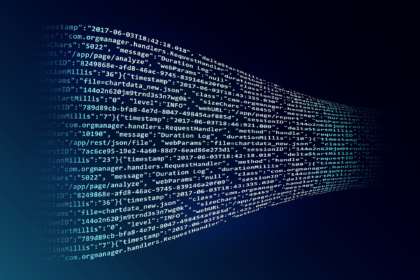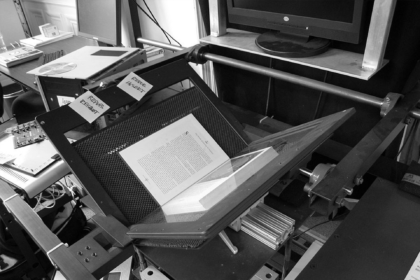This module taught us about distant reading and text analysis along with some benefits and problems with both. This is a very useful tool for a digital historian as long as it is looked at from all aspects: the technology, the source data, the interpretation, and the analysis or attribution of meaning to the results.
Antconc and Voyant are both tools for looking for patterns and instances of words and phrases in blocks of text. They are both quite easy to use but I guess it would depend on the amount of customization you need to do depending on what you are trying to find. I can see that some thought would need to go into what you should look for.
I pasted in all the text my final project group wrote into Voyant to get a word cloud. It was very easy. When I saw the initial results, I realized I needed to edit the stopwords list to remove additional words that didn’t relate to substance of the research.
Stopword and stoplist are new terms for me but they were mentioned several times in the readings and programs. I guess the nuances of how to use these words, or not, will be more evident when actually performing a text analysis. Stopwords are normally articles that don’t convey meaning so they can be eliminated from a search or, they can be used strategically as part of a search.
Mining the ICC was an interesting article showing a real-world use case for distant reading. By using topic modeling the author was able to see the conflict between the American Indian and the American government in a new light. It also brought up the importance of a previously underrated aspect of the negotiations in the role played by accounting. It does make you wonder what someone else would find with the same documents but using different searches and topics or, all things being equal, would another person come to the same conclusion?
It seems to me that the point of distant reading is to utilize digital tools for text mining and data analytics on large amounts of text that would not be possible to analyze on your own. This data mining still requires a scholarly analyses in order to make meaning of it. Also, creating a scholarly analysis alone is not enough. The researcher needs to understand how the data was collected and interpreted and be able to defend the analysis that they came up with.




